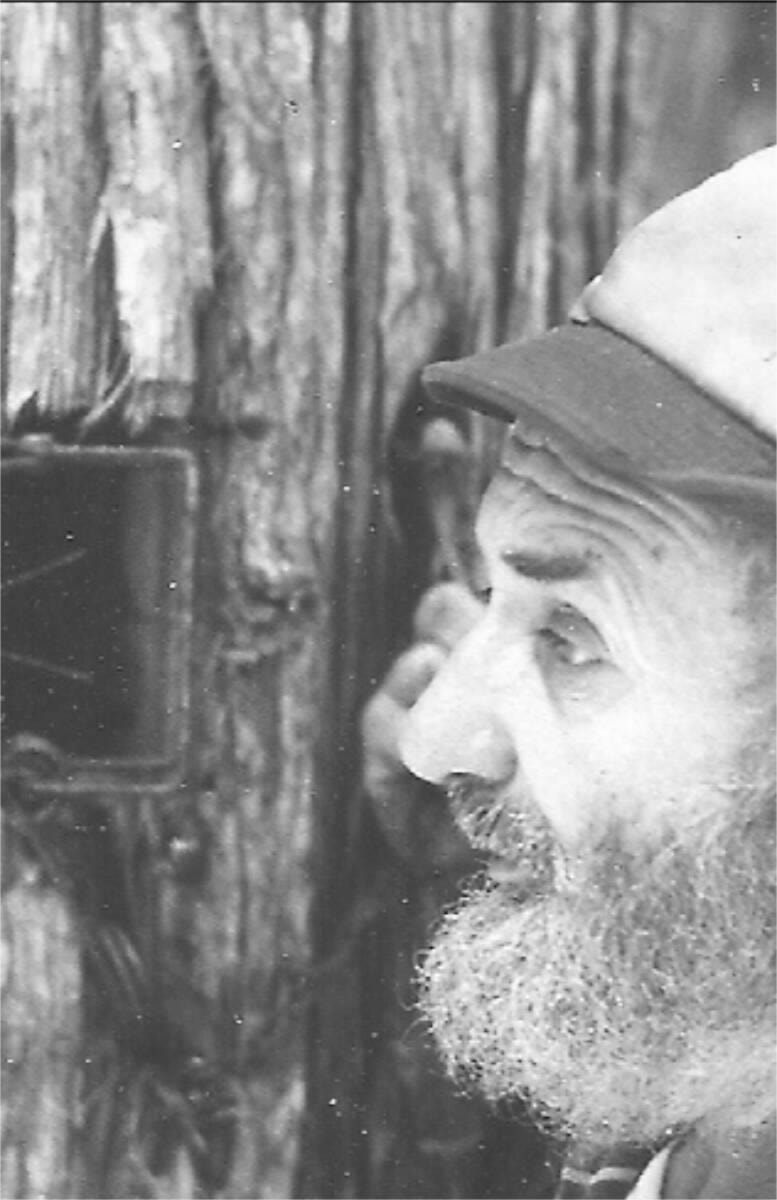Growing up in California in our early years our Dad, Ross, being a newspaper editor, often told us stories about his time serving in the military during World War II. Although he didn’t see action, he became a sergeant in the Army Air Corp involved in communications and eventually assigned to a ship in the Pacific. Over time, we came to understand this was an uncomfortable place for him to be since he really didn’t like the water or swimming.
Following the war, he ended up in Hawaii, becoming a magazine editor and radio broadcast journalist. Within a few months of leaving service, he met and married our mother, Mary, who had travelled as a companion with an elderly matron, to care for her during the long sea voyage, never having been anywhere other than moving from Calgary to Clearwater to work at Dutch Lake Resort with our great aunt Grace McGaw and her partner Dorothy Bell. (More about them at another time.)
Mom and Aunt Hettie came from a family of seven siblings. Having grown up during the Depression, they knew nothing else other than hard work and the fact they were raised to be women who could and would do anything a man could do. They were also riveters during the war
Our parents both described Hawaii as glamorous and romantic in those years after such worldwide conflict, rationing and uncertainty. Mismatched from different lifestyles and divorcing years later, they would come to say Hawaii was the only time they were truly happy together in their 25 years of marriage. Us kids were teens now living in Canada. Seeing Hawaii for the first time was a moving experience — imagining the lives of so many forever impacted during the bombing at Pearl Harbour on Oahu.
My thoughts turn to how many at home in the U.S. or Canada during the wars fought in their own ways to do their part. Finding creative ways to grow food, use rationing stamps and helping those left behind when their loved ones rushed to enlist and serve, some not to ever return.
How many were needed in so many different capacities and still are, depending on the skills they have, in service or at home.
Our Uncle Bob Miller was quite the legend in Wells Gray Park and the North Thompson, known as a Johnny Appleseed of his time. Whether trees or plants, he honed the ability to graft trees, cross-pollinate or section flowers and develop a hybrid of specialty squash, seeds of which are still circulating in the region. He often spoke about how disappointing it was to be turned away when trying to enlist due to having flat feet, such a strange thought considering this man walked and hiked everywhere he went until finally learning to drive in his 40s! His feet didn’t matter at home in the bush. There weren’t many that could match his stamina and strength back in the day and those stories still circulate when speaking of him.
Uncle Bob was a powerfully confident man and as he told us through his many life tales, did his part as best he could in the valley providing meat and bear fat to many women on their own, raising families, whose husbands had been sent overseas. Bear lard was prized as it has no odour and was used for cooking and especially for baking. Uncle Bob was an amazing fisherman and with his skills, he provided for many in the way of fish, game, vegetables and huge fields of berries that were shipped via train from Clearwater to market.
As we remember to honour those who fought and served, I also honour in my heart, those who stayed, men and women, young and old. Their sacrifices enabled loved ones who left, some never to return, as they kept the home fires burning and food on the table raising the next generations.
With conflicts still taking place far from our peaceful lives here, let us remember ours who served to preserve this peace and freedom we now enjoy as we close our eyes on Remembrance Day for a moment of silent respect.
